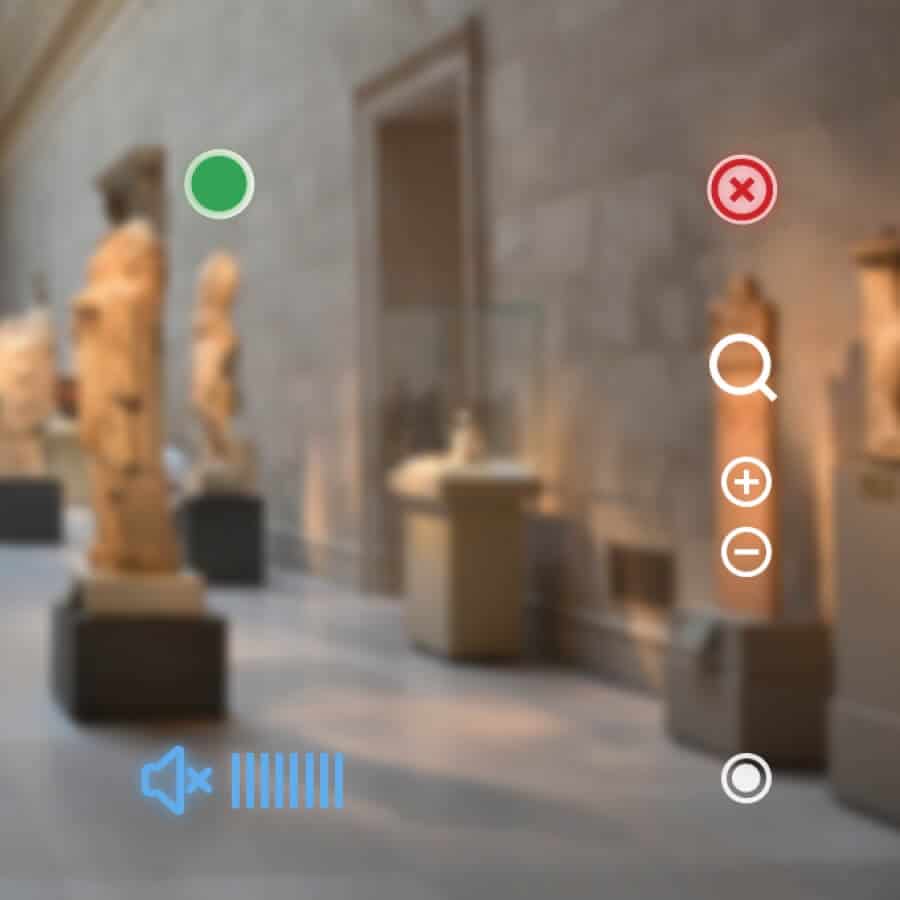The relationship between museums and their visitors, regardless of their age, has changed drastically in the last 50 years. Whether they were public or private institutions, museums used to serve only the wealthy, members of the elite, and exhibitions and events were planned to address the needs of that part of society. Having experienced museums as places where you can neither touch anything nor explore things that you are interested in. .
The Tour around Digital Museums
What are digital museums? Those are places where you need to keep your voice down and follow strict instructions, it is not surprising that most museums have faced or are beginning to face challenges attracting visitors.
Certain institutions have solved this problem and some are still struggling, but the progress made in the world of museums is notable
Thanks to the technological discoveries and advances made in recent decades, museums have worked to keep pace with the changes in society.
The shifts between generations, the development of pop culture, and the immense progress in human rights movements all around the world have brought changes to the museum world also.
First of all, their work has become more transparent as the Internet has taken the world by storm, and most museums now have web pages that give you information about their work, their collections, and their mission and vision as well as notices about future events, internship opportunities, and so on.
Suddenly the fancy buildings that safeguard priceless art have become more accessible for ordinary people.
The process of digitalizing collections, providing 3D online tours of exhibitions, and even setting up live conversation sessions with curators, restaurateurs, collections managers, and other museum experts is ongoing, but it can only go so far.
The truth of the matter is – museums need you perhaps even more than you need museums.
Their success is often measured by the number of visits per year, and some museums have invested a lot of money in projects or people who can provide them with a significant increase in the number of visitors.
The latest trend – observable for a few years now – is taking art to the visitor.
Now this may sound a bit weird, but the truth of the matter is that this method has been shown to be a great success.
In the era of conflicts and instability, the museums are trying to contribute to meeting the needs of their local communities.
The International Center of Photography in New York, for example, recently organized a show on the façade of their Bowery building, displaying pictures of a girl, aged 5, and dressed up as her heroines:
Angela Davis, Rosa Parks, and other African-American females who fought for freedom.
The show also contained pictures of displaced migrants in a refugee camp in Tunisia. The Center played the show from dusk till dawn, and it caught the eye of everybody passing by.
Their overall goal was achieved – both regular visitors as well as people who have never visited them have seen those images displayed boldly.
The institution has drawn people into art without bringing them physically into the building.
Multiple examples of similar façade shows can be found all around the world. But this is not the only way museums are taking art to the people
The Museum of Jewish History, also in New York, decided to display photographs in the windows of its building on Battery Place.
This show was organized to commemorate Holocaust Remembrance Day. It was called “Eyewitness”, and the photographs were portraits of actual holocaust survivors.
Other museums have taken a different approach and have launched projects like the Auckland Art Museum’s recent show, with the goal of attracting visitors by distinguishing themselves from other surrounding university buildings.
So they commissioned “Los Trompos”, an interactive installation of massive spinning tops in multiple colors that was to be installed on the front terrace of the museum as well as at other key locations in the area.
Displaying art in the neighborhood has also been done by the Des Moines Art Center, in the state of Iowa, in the USA.
They opened Iowa Artists 2016: Alex Braidwood and Jordan Weber in their gallery and also in various off-site locations that visitors could search for in their neighborhoods.
The Cranbrook Art Museum in Bloomfield Hills, Michigan has made this practice regular by offering self-guided outdoor sculpture tours to their visitors.
You get a map at the entrance, and you are free to explore and enjoy the art by yourself.
The museum world is changing before our eyes, and the leading museum experts are speaking up about the problems these institutions face with low visitor counts or too many visits, with too many pieces of art not being displayed while many are on display too long.
The concept of the museum as an institution is beginning to change, and it will be rather interesting to see where it will go from here and how museums will attract a new generation of visitors as well as staff.
Photo: Shutterstock / Collage: Martina Advaney
Read more here about digital museums.
Support us!
All your donations will be used to pay the magazine’s journalists and to support the ongoing costs of maintaining the site.
Share this post
Interested in co-operating with us?
We are open to co-operation from writers and businesses alike. You can reach us on our email at cooperations@youthtimemag.com/magazine@youthtimemag.com and we will get back to you as quick as we can.









